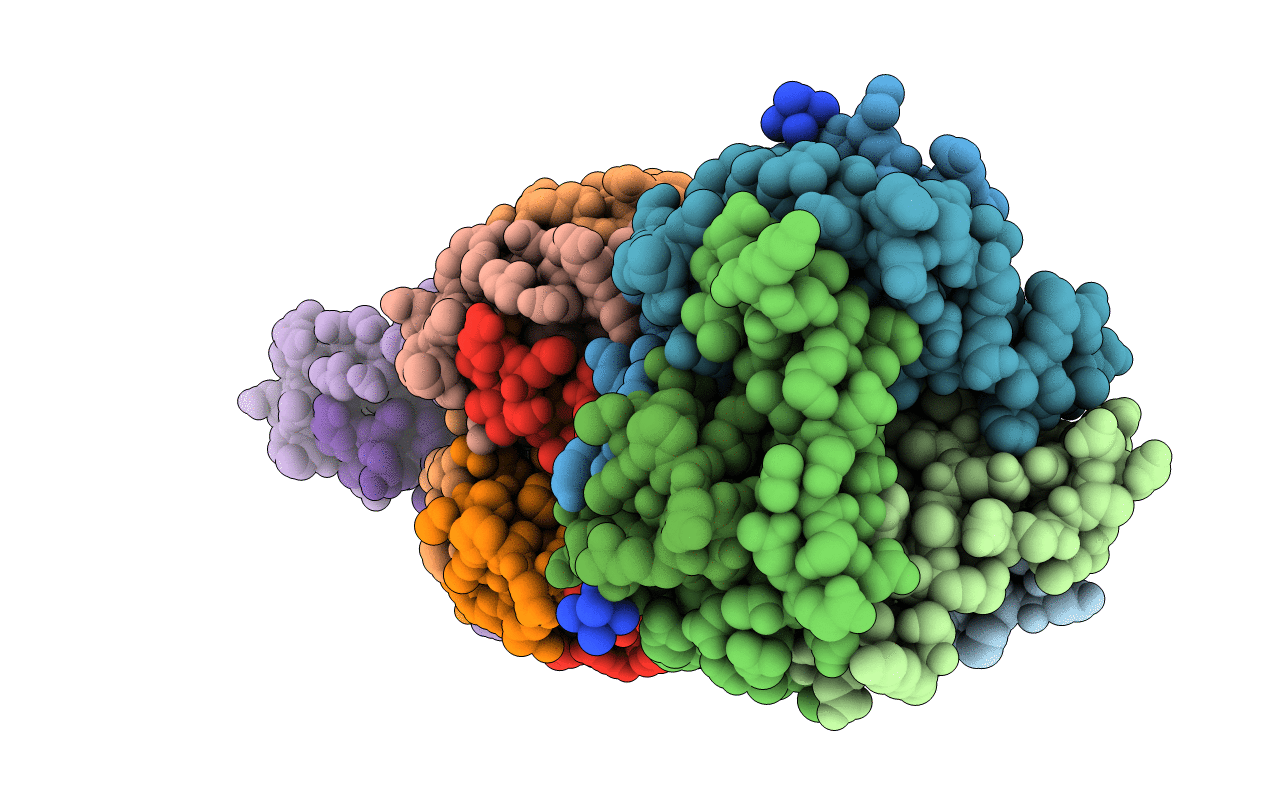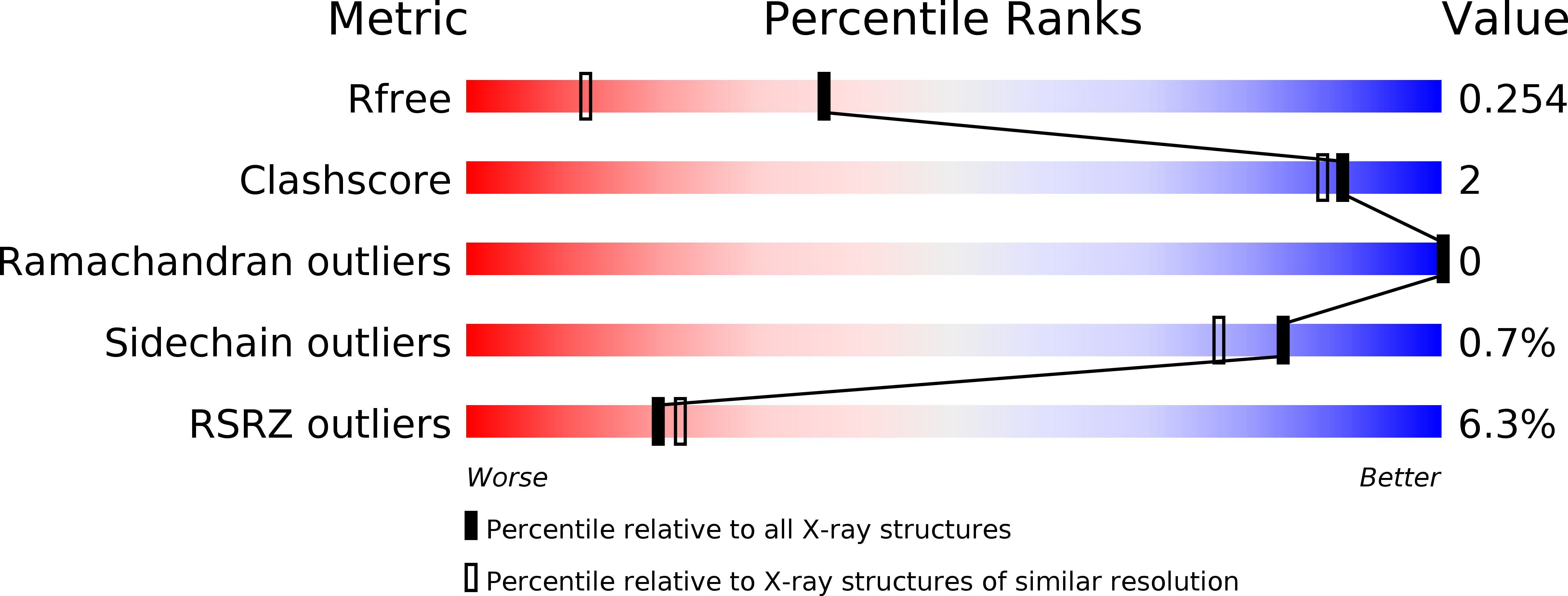
Deposition Date
2014-11-24
Release Date
2015-03-11
Last Version Date
2024-10-16
Entry Detail
PDB ID:
4X1C
Keywords:
Title:
Crystal structure of 4-OT from Pseudomonas putida mt-2 with an enamine adduct on the N-terminal proline at 1.7 Angstrom resolution
Biological Source:
Source Organism:
Pseudomonas putida (Taxon ID: 303)
Host Organism:
Method Details:
Experimental Method:
Resolution:
1.70 Å
R-Value Free:
0.22
R-Value Work:
0.19
R-Value Observed:
0.19
Space Group:
C 1 2 1


